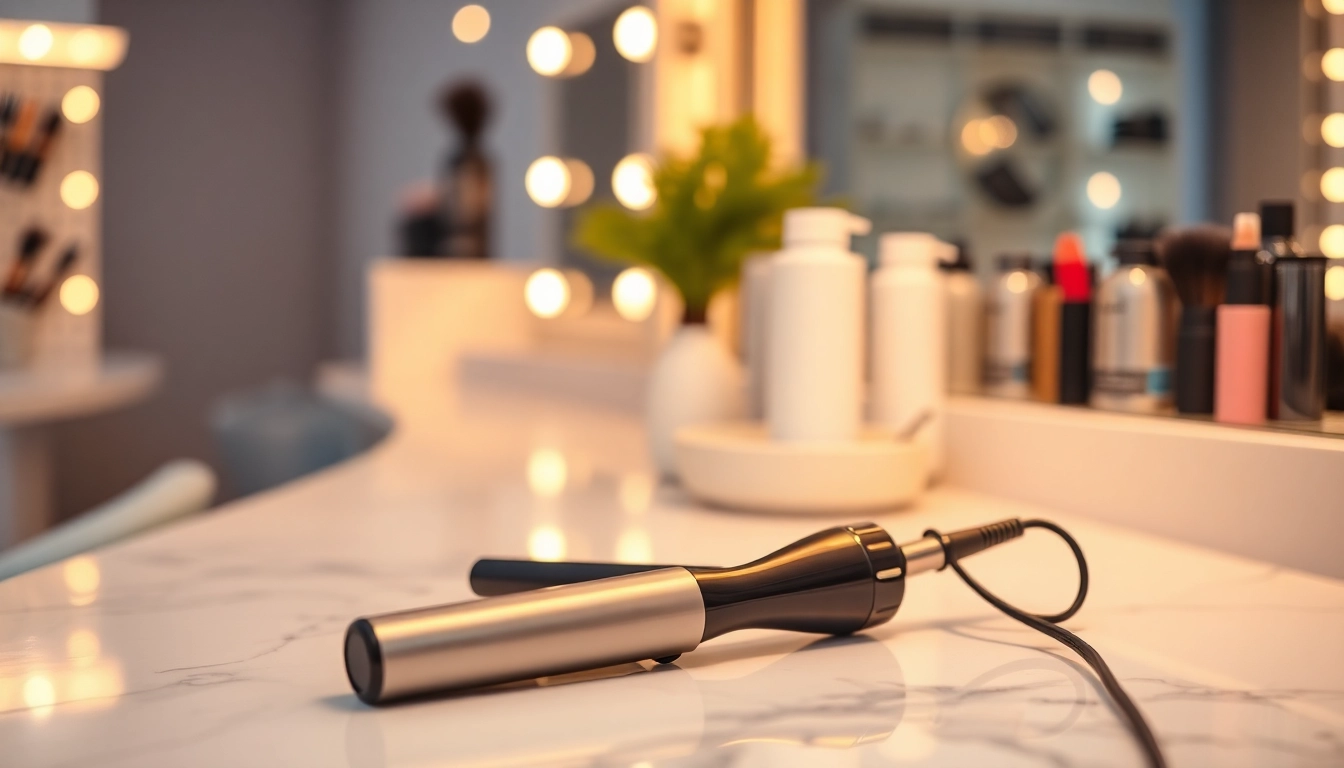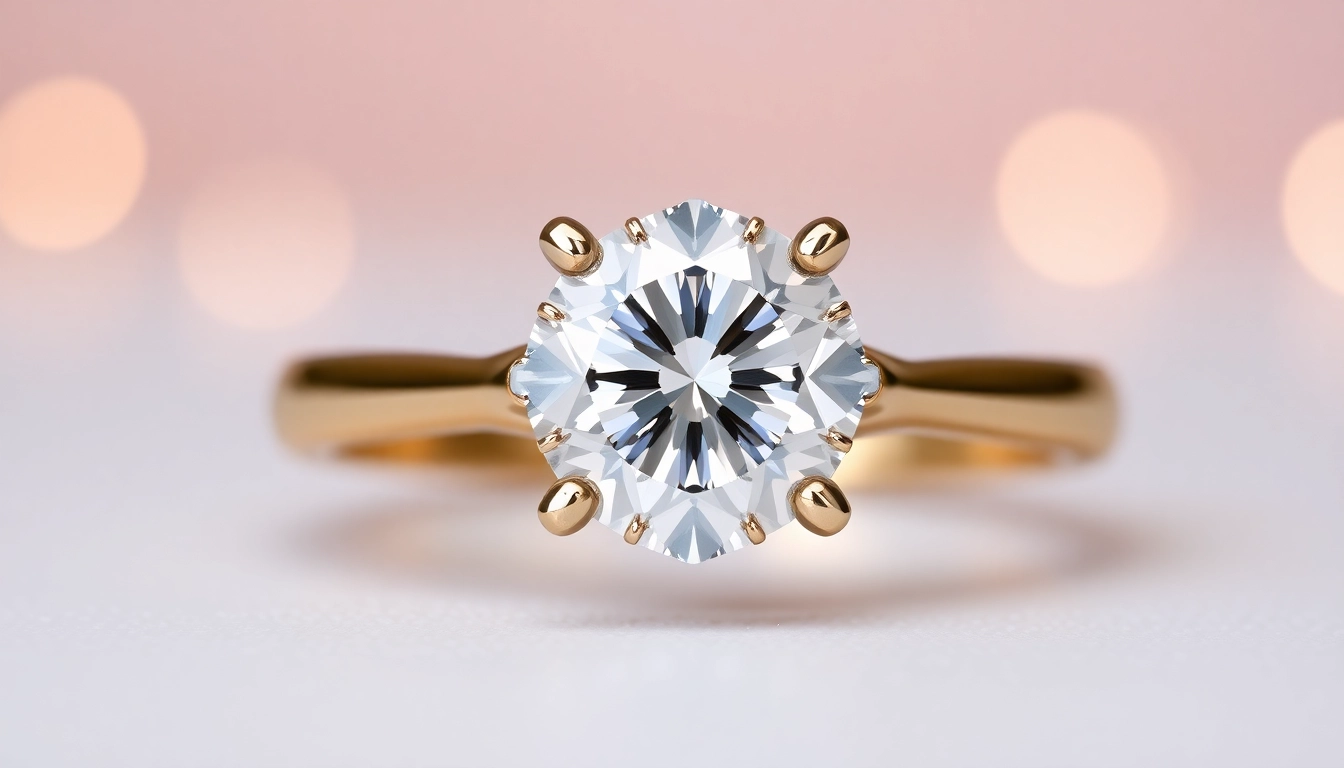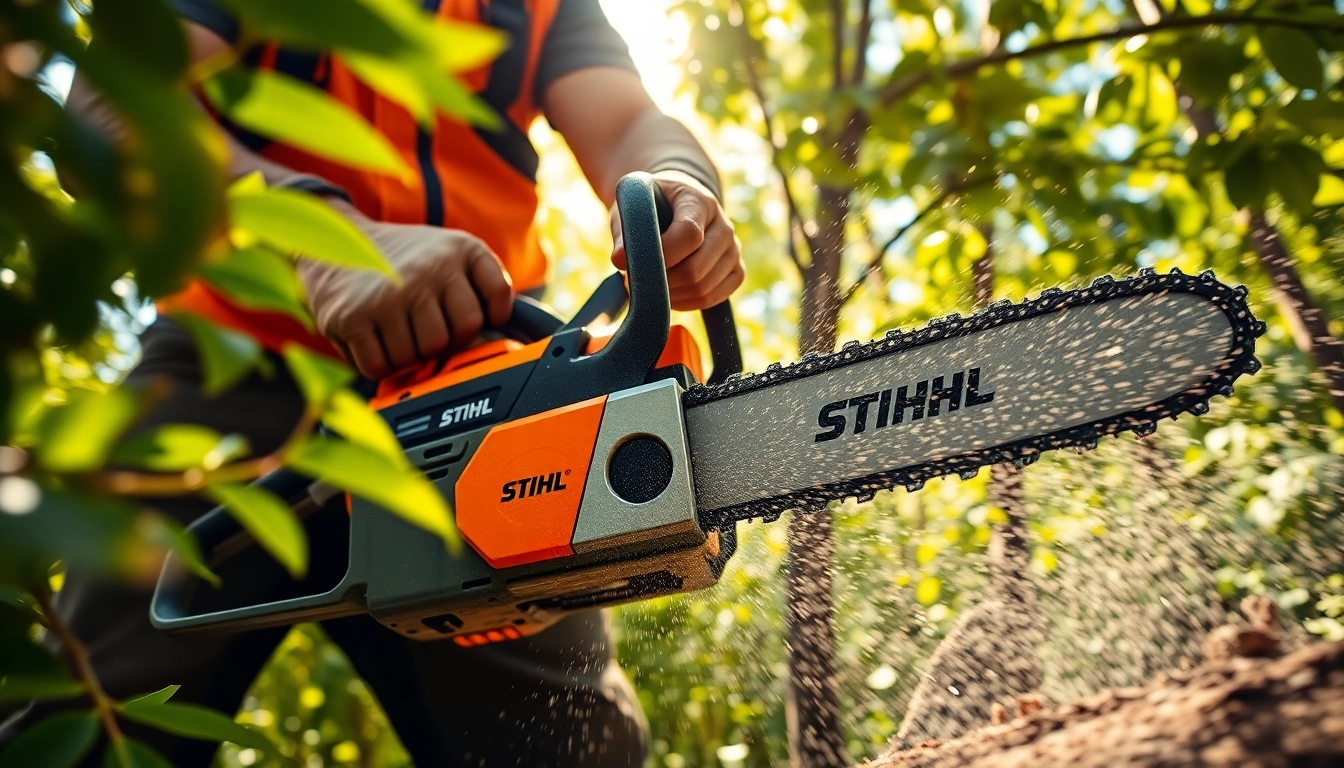Understanding Heat Tools for Hair
What Are Heat Tools and How Do They Work?
Heat tools for hair are essential devices used to style hair with the application of thermal energy. These tools include hair dryers, curling irons, flat irons, and styling brushes. The basic principle behind their operation is straightforward: they apply heat to hair strands, which temporarily alters the hair’s structure, allowing it to maintain a desired shape until cooled. In essence, when hair is exposed to heat, the hydrogen bonds in its keratin structure break down, enabling reshaping.
Proper use and understanding of how these tools work is critical, as improper application can lead to heat damage and dryness. As the demand for versatile styling options grows, the variety of heat tools available on the market expands, each designed for specific styles, hair types, and user needs. For instance, the heat tools for hair provided by various brands come equipped with features that cater to different styling preferences and techniques.
Common Types of Heat Tools for Hair
Understanding the types of heat tools available is integral to effective hair styling. Here are the most common tools:
- Hair Dryers: Often the first heat tool many people acquire, hair dryers use forced air to evaporate moisture from wet hair, allowing for quicker drying and styling. They come equipped with various nozzle attachments to enhance styling capabilities.
- Curling Irons: These tools come with a heated barrel that shapes hair into curls. Available in different sizes, the barrel diameter determines curl tightness.
- Flat Irons: Designed to straighten hair, flat irons have two heated plates that press the hair strands between them. Many variants also add the ability to create waves or curls.
- Hot Brushes: These combine brush and heating elements, allowing users to smooth and style hair at the same time without the need for a flat iron or curling tool.
- Hair Straightening Combs: They blend the efficiency of a comb with heat, straightening hair as the user brushes it through. Ideal for quick touch-ups or achieving sleek styles, these combs are popular for their convenience.
Benefits of Using Heat Tools for Hair Styling
The benefits of using heat tools are numerous, particularly for individuals looking to achieve specific styles or manage frizz. Key advantages include:
- Versatility: Heat tools allow for a wide range of hairstyles, from sleek and straight to voluminous curls. Different tools cater to various styles, enhancing personal expression.
- Time Efficiency: Heat tools expedite the hair styling process, making it easier to get ready quickly, which is particularly advantageous for busy lifestyles.
- Professional Results at Home: With heat tools, users can achieve salon-quality results without leaving their homes, saving time and money on frequent salon visits.
- Immediate Results: The transformation of hair texture through heat is almost instantaneous, providing instant gratification for style changes.
Choosing the Right Heat Tool for Your Hair
Factors to Consider When Selecting Heat Tools for Hair
When selecting heat tools, several factors must be considered to ensure compatibility with your hair type and styling needs. Here are critical considerations:
- Hair Type: Different hair textures (fine, medium, coarse) react differently to heat. Fine hair may require tools with lower heat settings, while thicker hair might necessitate higher temperatures.
- Heat Settings: Tools with adjustable heat settings offer versatility in styling, allowing adaptation to various hair types and preventing damage. Look for tools with a range that includes lower settings for more delicate hair types.
- Material: The material of heating plates or barrels affects heat distribution and overall effectiveness. Ceramic provides even heating, tourmaline enhances shine and reduces frizz, while titanium can heat up quickly and retain high temperatures, making them excellent for thicker hair types.
- Weight and Size: Lighter tools are easier to handle, particularly for prolonged styling sessions. Additionally, the size of the tool can impact the size of curls or the width of straightening sections, which is an important consideration for desired outcomes.
- Safety Features: Automatic shut-off features and heat-resistant cords can significantly enhance user safety, making these features essential in the selection process.
Heat Tools for Different Hair Types and Textures
Every hair type has unique requirements when it comes to heat tools. Here’s a breakdown of the best tools to use for various hair textures:
- Fine Hair: Use hair dryers equipped with a diffuser to reduce heat concentration and avoid over-drying. Curling wands with smaller barrels can add volume without the risk of damage.
- Medium Hair: This hair type is versatile and can usually tolerate various heat settings. A flat iron with adjustable temperatures is suitable for straightening or creating waves.
- Coarse Hair: This texture often requires higher heat settings for effective styling. A curling iron with a larger barrel or a flat iron with titanium plates can be ideal, as they provide sufficient heat for lasting results.
- Curly Hair: Heat tools with protective features are essential to avoid damage. Hot brushes specifically designed for curls can effectively style without excessive heat exposure.
Top Brands and Their Unique Offerings
The market for heat tools is flooded with an array of brands, each offering unique features and technologies. Here are some top brands recognized for their innovative products:
- GHD: Known for its ceramic heat technology, GHD offers flat irons that deliver consistent temperatures, reducing damage while ensuring sleek styles.
- Dyson: Renowned for its engineering innovation, the Dyson Airwrap styles hair using air instead of extreme heat, significantly minimizing damage.
- Babyliss: This brand offers a range of tools, including irons with advanced titanium technology and innovations like the Babyliss Nano Titanium flat iron.
- Remington: Known for affordability without compromising quality, Remington provides tools that often feature advanced coatings that help in styling while reducing frizz.
- T3: T3’s signature Tourmaline technology helps to enhance shine while reducing static and frizz, making their tools a favorite among professionals.
Best Practices for Using Heat Tools
Prepping Your Hair Before Styling with Heat Tools
Preparation is key to achieving great results without damaging your hair. Here are preparation steps to consider before reaching for any heat tool:
- Cleanse Thoroughly: Start with clean hair, as products build-up can lessen the effectiveness of heat tools.
- Condition and Hydrate: Use a leave-in conditioner or a heat protectant to create a barrier between your hair and the heat. This can prevent moisture loss and damage.
- Dry Properly: Before using heat tools, ensure hair is mostly dry as wet hair can suffer severe heat damage. Use a blow dryer first if necessary, but avoid excessive heat exposure.
Techniques to Minimize Damage While Using Heat Tools
Despite their benefits, heat tools can cause damage. Adopting safe techniques can help minimize this:
- Use the Right Temperature: Always select the appropriate heat setting for your hair type. Fine hair often requires lower temperatures, while thicker hair can handle higher heat.
- Avoid Direct Contact: Keep the tool moving while styling to prevent concentrating heat on a single area, thus reducing the risk of burning.
- Limit Frequency: Avoid using high-heat tools daily; instead, consider alternating heat styling with natural styles or using lower heat settings for routine styling.
- Sectioning: Tempting as it may be to style large portions at once, sectioning your hair into smaller parts can lead to more effective styling and reduced heat exposure overall.
After-Care Tips for Healthy Hair Post-Styling
Maintaining hair health post-styling should be a priority. Here are tips to help your hair recover:
- Use a Deep Conditioning Treatment: After using heat tools, treat your hair with a deep conditioning mask once a week to restore moisture and protect against future damage.
- Limit Heat Styling in Subsequent Days: Allow your hair to rest from heat styling, allowing it time to recover naturally.
- Be Mindful of Chemical Treatments: Chemical processes (like coloring) can weaken hair. Ensure to apply heat tools carefully if your hair has undergone such treatments.
- Regular Trims: Keep split ends at bay with regular haircuts, maintaining overall hair health and appearance.
Innovative Features of Modern Heat Tools
Smart Technology in Heat Tools for Hair Styling
Today’s heat tools are equipped with smart technologies that enhance user experience and styling results. Here are some notable advancements:
- Heat Sensors: Some modern hair tools have built-in sensors that constantly monitor and adjust heat levels, ensuring even distribution and preventing damage.
- Steam Technology: Tools that incorporate steam aim to hydrate hair while styling, thus reducing damage traditionally caused by heat alone.
- Bluetooth Connectivity: Certain brands offer heat tools that connect to apps, allowing users to customize settings and track usage for healthier styling habits.
How Design and Ergonomics Matter
The design of heat tools is just as crucial as their functionality. Ergonomic designs reduce the physical strain during use, especially during prolonged styling sessions. Key considerations include:
- Weight Distribution: A well-balanced tool reduces wrist strain, making it easier to maneuver.
- Cord Length and Flexibility: Longer cords and tangle-free swivel devices offer better flexibility and ease of use, allowing for easier handling.
- User-Friendly Controls: Simple-to-use buttons and controls make the styling process easier, particularly when switching settings mid-use.
Consumer Preferences and Trends in Heat Tools
The dynamics of consumer preferences are increasingly influencing the design and functionality of heat tools. Current trends include:
- Focus on Hair Health: Many consumers prioritize tools that minimize damage and enhance hair health, leading to a rise in demand for products with integrated conditioning features.
- Eco-Friendly Options: Environmentally-conscious consumers tend to prefer products made from sustainable materials and those that consume less energy.
- Customization Capabilities: Modern heat tools are increasingly providing customizable settings and features to cater to varied hair types and personal styling choices.
Where to Buy Quality Heat Tools for Hair
Online vs. In-Store Purchases
Shopping for heat tools presents options to buy online or in-store, each with its advantages:
- Online Shopping: E-commerce platforms often offer a broader selection at competitive prices. Additionally, customer reviews can help inform your purchasing decisions.
- In-Store Shopping: Touching and testing tools in-store allows consumers to gauge comfort and ergonomics firsthand. Consulting with trained staff can also provide valuable insights.
Comparing Prices and Features
When purchasing heat tools, it is essential to compare prices and features across different brands. Look for deals, bundles, or seasonal discounts but ensure that the tool’s specifications align with your preferred usage. Investing a bit more in quality tools can often pay off in performance and longevity.
Reading Customer Reviews and Recommendations
Customer reviews provide a wealth of information about the effectiveness and durability of heat tools. Look for genuine reviews that detail user experience and satisfaction, particularly those focused on similar hair types or styling goals. Social media platforms and beauty forums can also be treasure troves of recommendations, giving real-world insights into how various tools perform.



